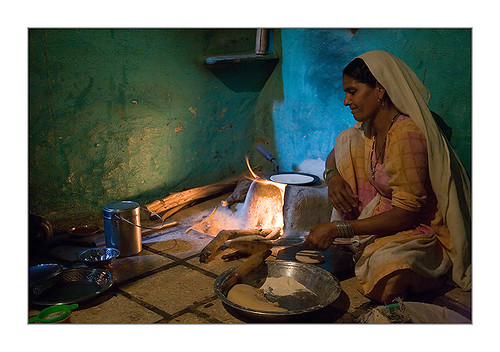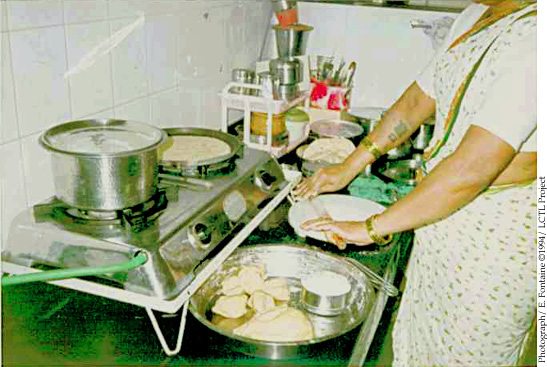Here are some tips on how to improve your Hindi vocabulary!
~°~
 |
| Master Hindi Language Quickly |
1. Bit by bit
- it is always better to revise often and slowly adding new ones than learn huge amount of words every now and then.
2. Use what you have learned right away!
- whichever word or phrase you have just learnt - use it! Write a short essay, talk to your friends... just mention it in any way.
3. Visual dictionaries
- if you are a person who likes to learn by seeing the image the certain term represents, this is an awesome solution to you. These kind of dictionaries often put words in categories so you learn the context as well.
4. Memo cards vs notebooks
- instead of having a huge mess in the notebook, keep different cards within it. For example, title one card as "Sabji" (vegetable) and whenever you learn a new vegetable, write it down on that card. This is a great way to see how your vocabulary is improving and also a great way to keep track of the amount of the words you know of each category.
5. Indian friends!
- official languages of India are Hindi, English and any local language that has the status of official language. Most of the Indians can speak in Hindi, even though it might not be their mother tongue. If you have Indian friends, practise with them! :)
6. Bollywood films
- watch Bollywood films. Try to hear out some words, check their meanings and write them down. What you hear in the film is most likely to be conversational Hindi and can be of great use!
 |
| Good Luck! |
In this article you can learn more about the script in which Hindi is written
DEVANAGARI while in the article
Meet Hindi Language you can learn more about Hindi language in general if you are not familiar with it.












.jpg)













